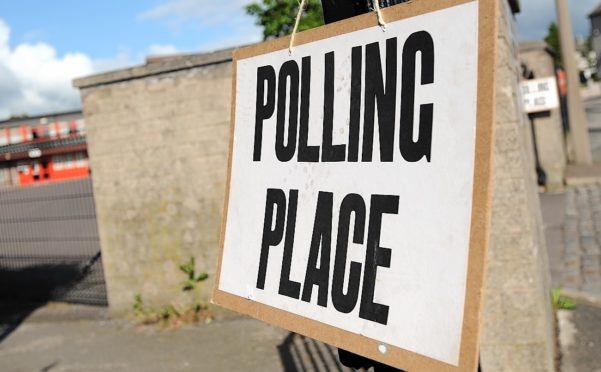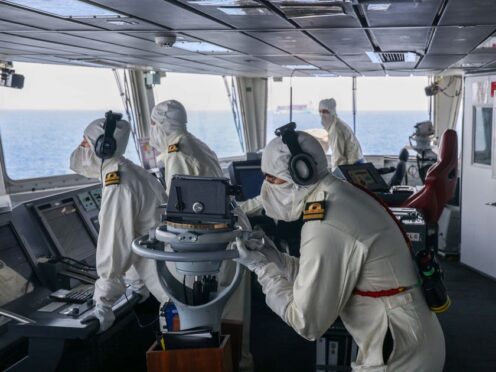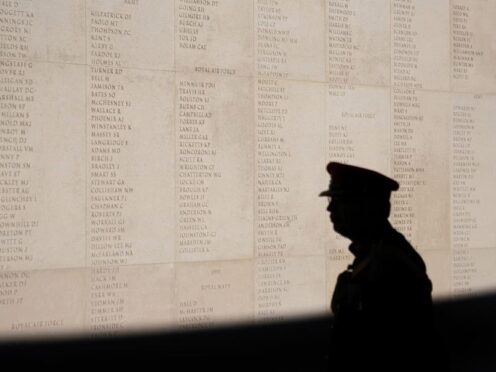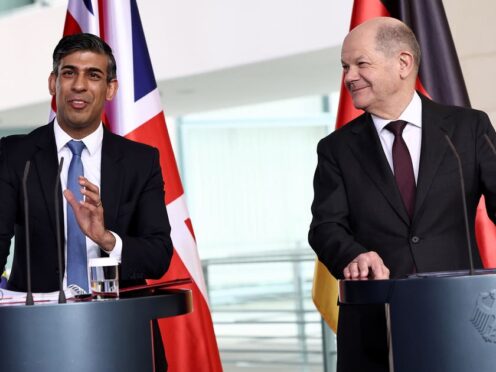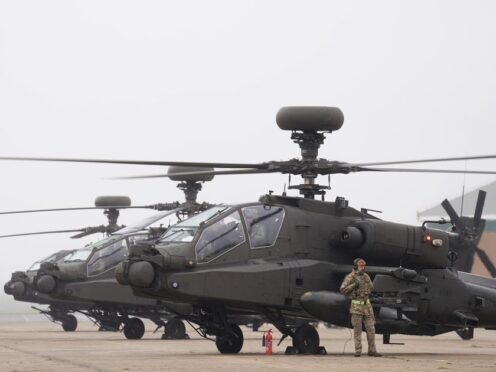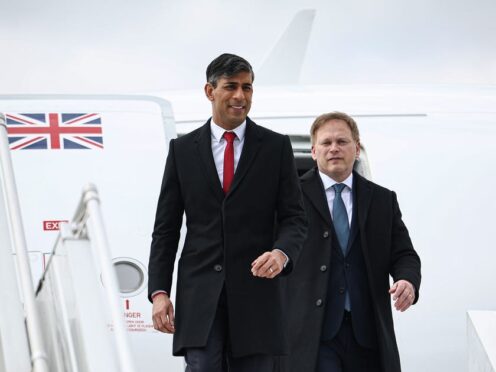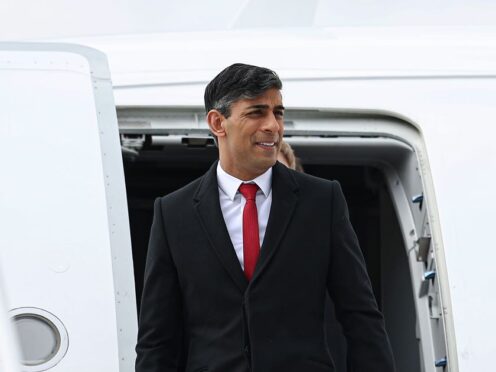The language of modern politics is often one of slogans and soundbites, so fatigued voters could be forgiven for being sceptical when told the upcoming general election is “the most important in a generation”.
After all, in 2017, the public were subjected to a very similar narrative; the Tories, we were told, would deliver on the 2016 Brexit referendum and end “uncertainty and instability”, Labour would roll out a radical re-nationalisation programme, the Liberal Democrats would offer a second Brexit referendum and the SNP would work to bring about a second independence referendum.
Two and half years on and the election is being fought on similar ground, why? Because a hung parliament has made moving forward from Brexit impossible and as a result has shut down debate on almost every other issue affecting society.
December’s poll will therefore provide the electorate with the chance to shuffle the deck at Westminster and potentially break the deadlock.
And Scotland, filled with marginal seats and featuring factors which do not apply elsewhere in the UK, will have a huge role in dictating what happens next.
Click a constituency to read more
The transition from sideshow to centre-stage has been long predicted. Five years on from the independence poll, Scottish politics has continued to diverge from the rest of the UK – or at least England. Apart from Scotland’s strong Remain vote – 62% in 2016 – the rise of the SNP over more than a decade means that neither the Tories nor Labour are anywhere near winning a majority of Scotland’s 59 Westminster seats.
Boris Johnson will be hoping, at best, to hold on to the 13 seats that played such a crucial role in allowing Theresa May to form a government in 2017.
The prime minister has in recent months doubled down on a formula that worked well for Mrs May, pledging to reject any SNP demands for indyref2 and promising to be a guardian for the Union.
The party in Scotland has asked those who do not necessarily support the Tories, but want to preserve the Union, to back them and “send a message to the SNP”.
Nicola Sturgeon on the other hand has managed to merge the two great constitutional questions in Scotland, she is asking voters to back her and back an independent Scotland’s place in Europe.
The SNP has been keen to play down assumptions that it will sweep the board as in 2015, perhaps expectation management, but pollsters are predicting they could be up to the high 40s.
For Labour the picture in Scotland is bleak, the UK’s top pollster Professor Sir John Curtice said last week that the chances of Mr Corbyn winning a majority were “close to zero” as “they look utterly incapable of regaining anything in Scotland.”
Mr Corbyn will be hoping an eye-catching manifesto, full of spending pledges and promises to invest billions in Scotland’s public services will tempt some to return to the party at the ballot box, but one party source told the Press and Journal “it will be a miracle if we can hold the seven seats we have”.
The Liberal Democrats, who have been buoyed by defections and high polling for the last few months, are seeking to win old ground back north of the border. They are looking to tap into the fact many constituencies voted against independence and Brexit, with Jo Swinson claiming they are now the only party truly in step with the general population.
Each party is engaged in a bitter dogfight for your vote in the north-east, Highlands and Islands and over the course of the next two weeks the Press and Journal will be drilling down into each constituency, examining the candidates, the issues and the likely results come December 12.
Whatever the outcome, the direction of the UK in 2020 will change drastically.
